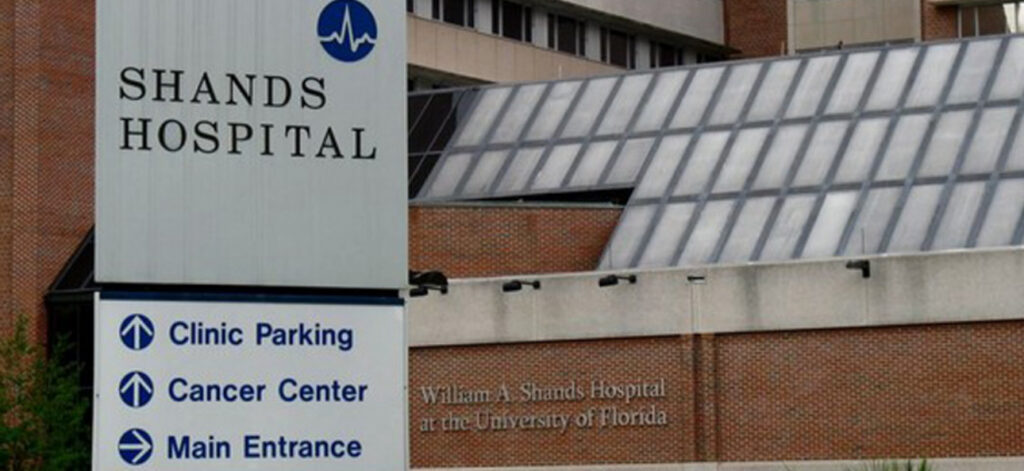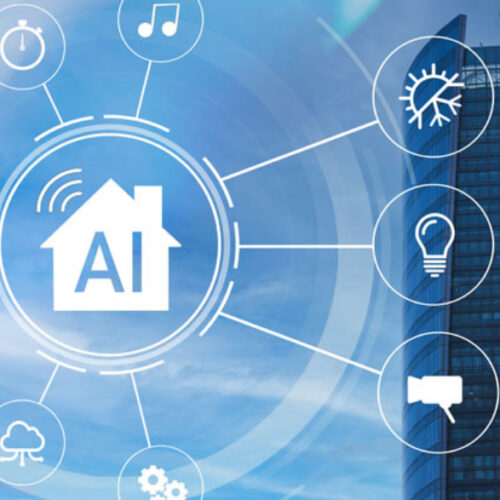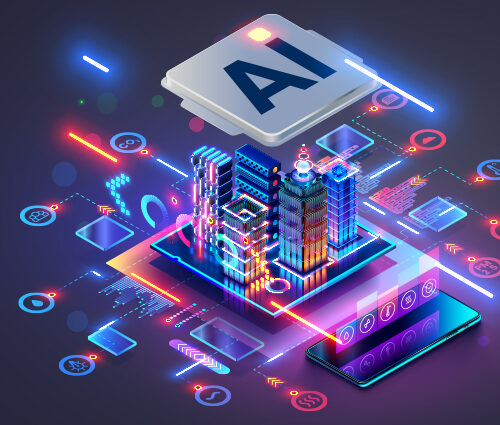
Critical challenges, such as the rising cost of medical equipment and supplies, workforce retention issues, and an aging patient population are having a profound impact on hospitals and healthcare systems.
As such, healthcare organizations of all types and sizes are looking toward personalized medicine, value-based patient care, and other innovations in an effort to reduce expenses, streamline operations, and optimize patient care.
Because technology will play a major role in helping these systems achieve these goals, interoperability solutions will become increasingly important, too.
What Is Interoperability in Healthcare?
Interoperability is the ability of a system, such as a Building Management System (BMS), to communicate and interact with other systems and components. Interoperability enables key stakeholders to seamlessly receive and retrieve information in a timely manner so it can be used to optimize both the health of the organization and the patients it serves.
The Healthcare Information and Management Systems Society (HIMSS) says that the healthcare interoperability ecosystem is an environment that is comprised of individuals, systems, and processes looking to access, exchange, and share health-related information and data:
An efficient interoperability ecosystem provides an information infrastructure that uses technical standards, policies, and protocols to enable seamless and secure capture, discovery, exchange, and utilization of health information.
Overcoming Integration Obstacles to Achieve Interoperability
Integration Obstacles: A Case Study
Automating tracking and temperature monitoring can help hospital and health systems to not only improve operational efficiency, but also patient care and staff satisfaction. But one of the biggest barriers to connecting something like a RTLS (real-time location system) with a BMS is native integration.
That’s exactly what happened when Shands Hospital at the University of Florida in Gainesville sought to implement an RTLS across three of its facilities. They started with a Johnson Controls management system with BACnet/IP as its backbone with the intent of adding wi-fi based temperature and humidity sensors.
These sensors are critical in monitoring a variety of conditions throughout the hospital, including the refrigeration temperatures in the appliances that contain expensive and life-saving pharmaceuticals. Not only is maintaining optimal temperatures in the best interest of the patients who receive these medications, it’s also a regulatory compliance issue.
So, to achieve seamless integration between a legacy system and a series of new sensors—including temperature sensors—all while on an existing wi-fi network, Shands relied on the FieldServer gateway solution.
With over 300,000 installed units at thousands of facilities including hospitals, healthcare systems, data centers, and more, FieldServer’s 140+ protocol gateways are designed to bridge the interoperability gap.
The Gateway Solution
FieldServer proved to be the right gateway solution for the hospital, says Brad Kowal, Director of Data Centers at Shands Hospital:
“FieldServer was instrumental in allowing us to choose the best temperature and humidity solution for our needs, yet still integrated the new system into our existing Johnson Controls network, without compromising on quality or face the significant costs that we could have incurred if we had to change the network.”
Keep in mind that in a hospital or healthcare facility, not only is temperature important to monitor, so, too, are humidity, lighting, and safety. Because these are round-the-clock imperatives for meeting patient needs, the right gateway solution should empower the hospital or health system to make more informed, proactive decisions related to the many things that could impact the health, safety, and well-being of patients, staff, and visitors.
Today’s smart facilities with their connected systems and IoT-enabled devices and equipment not only promote safety and efficiency, they also integrate with other systems and software to:
- Deliver reliable, up-to-date insights to help ensure patient comfort and safety.
- Promote data sharing within a safe, secured environment.
- Enable collaboration across disciplines for better patient outcomes.
- Reduce the potential for human error with respect to inadequate or incorrect information.
- Support seamless integration and better automation between people, places, processes, and systems.
The Future of Interoperability in Healthcare
While interoperability in the hospital is nothing new, it is experiencing newfound expansion around the world. In fact, according to research and consulting firm Introspective Market Research, the healthcare interoperability market is projected to reach $5.24 billion by 2028.
The growth of interoperability combined with advancements in technology will likely enable many new applications, such as AI-driven device automation and augmented reality.
Despite the advancements, one thing that is unlikely to change: the ongoing need for communication protocols and gateways like FieldServer to achieve interoperability goals.
Contact us to learn more about how FieldServer can help facilitate hospital and healthcare interoperability.






